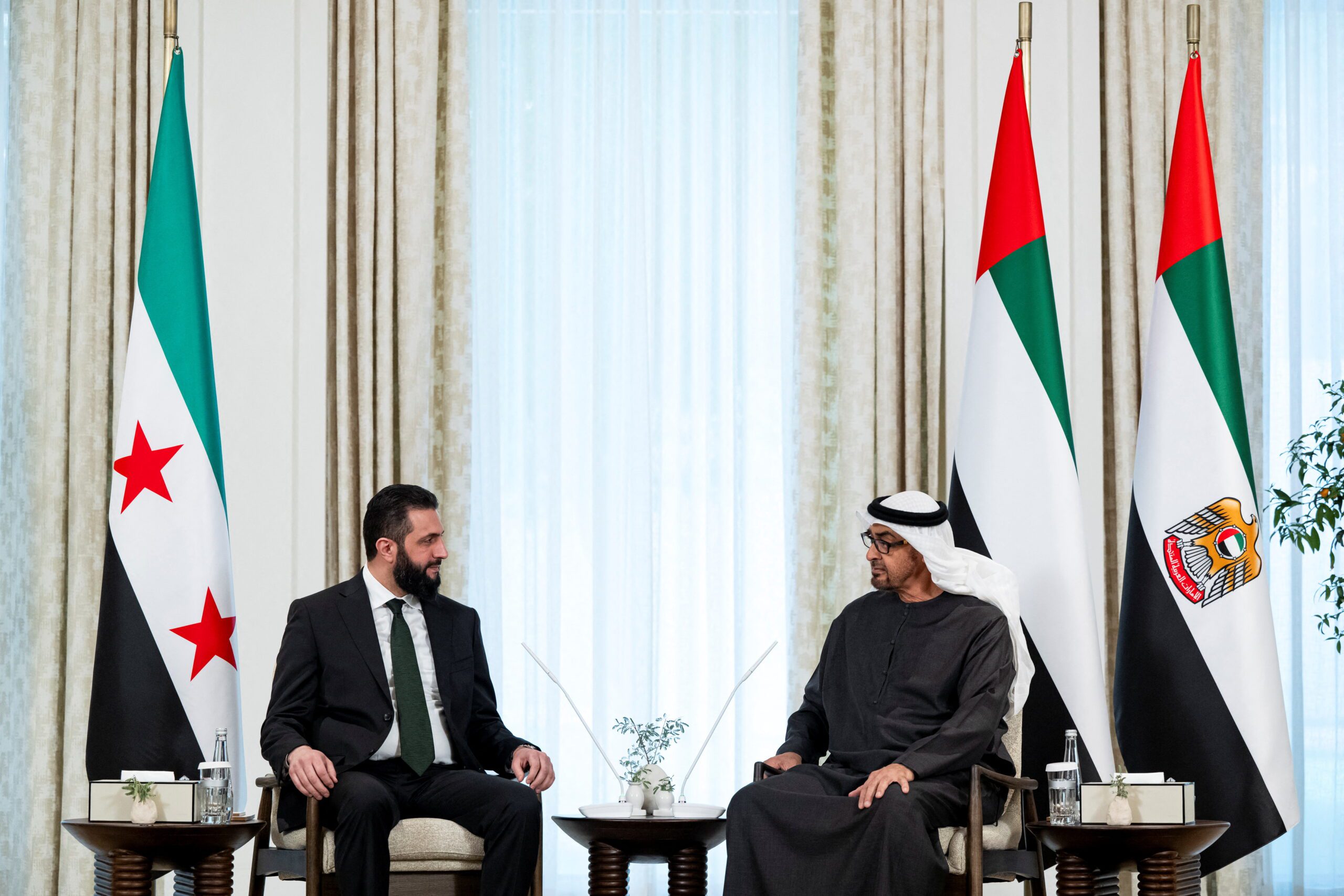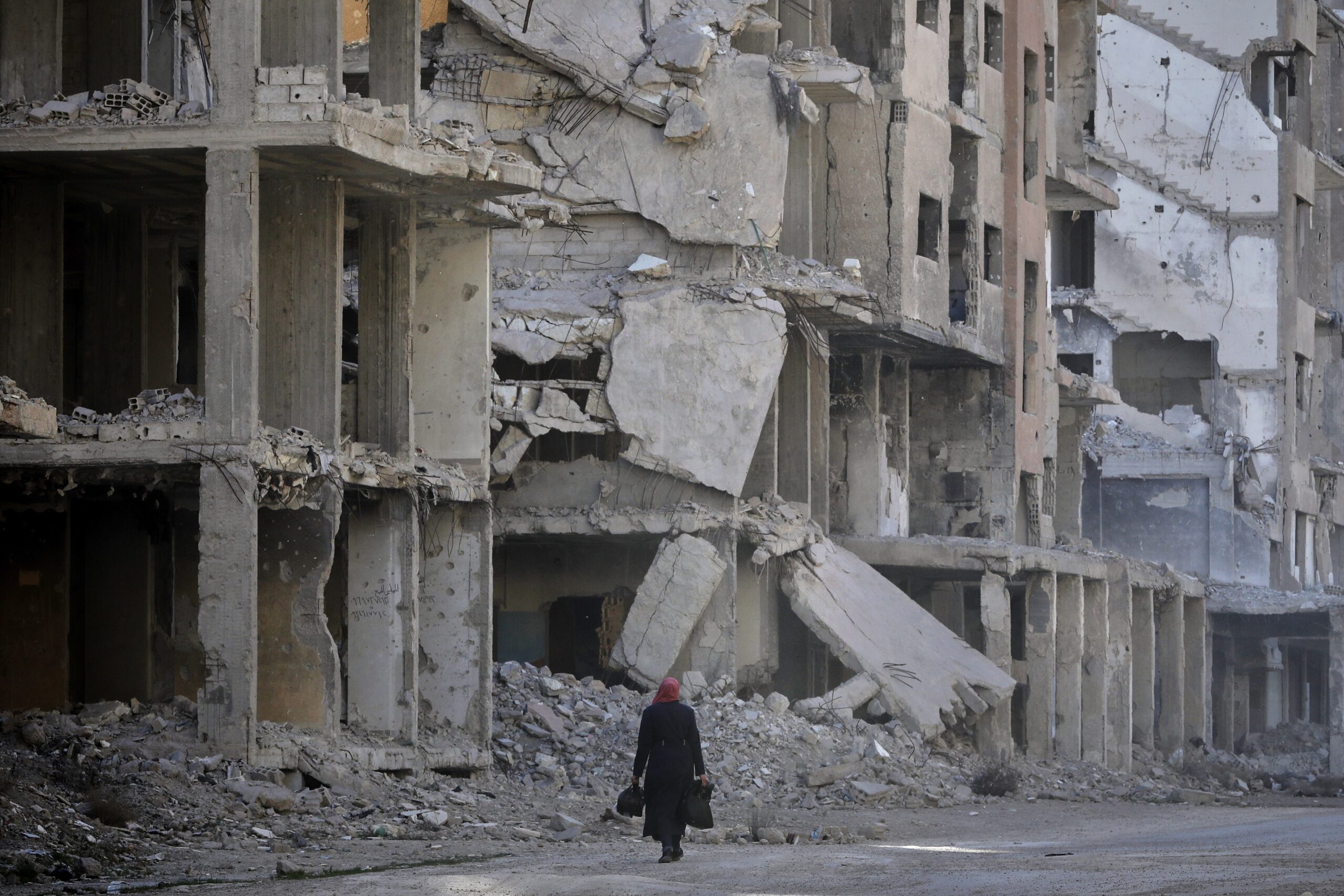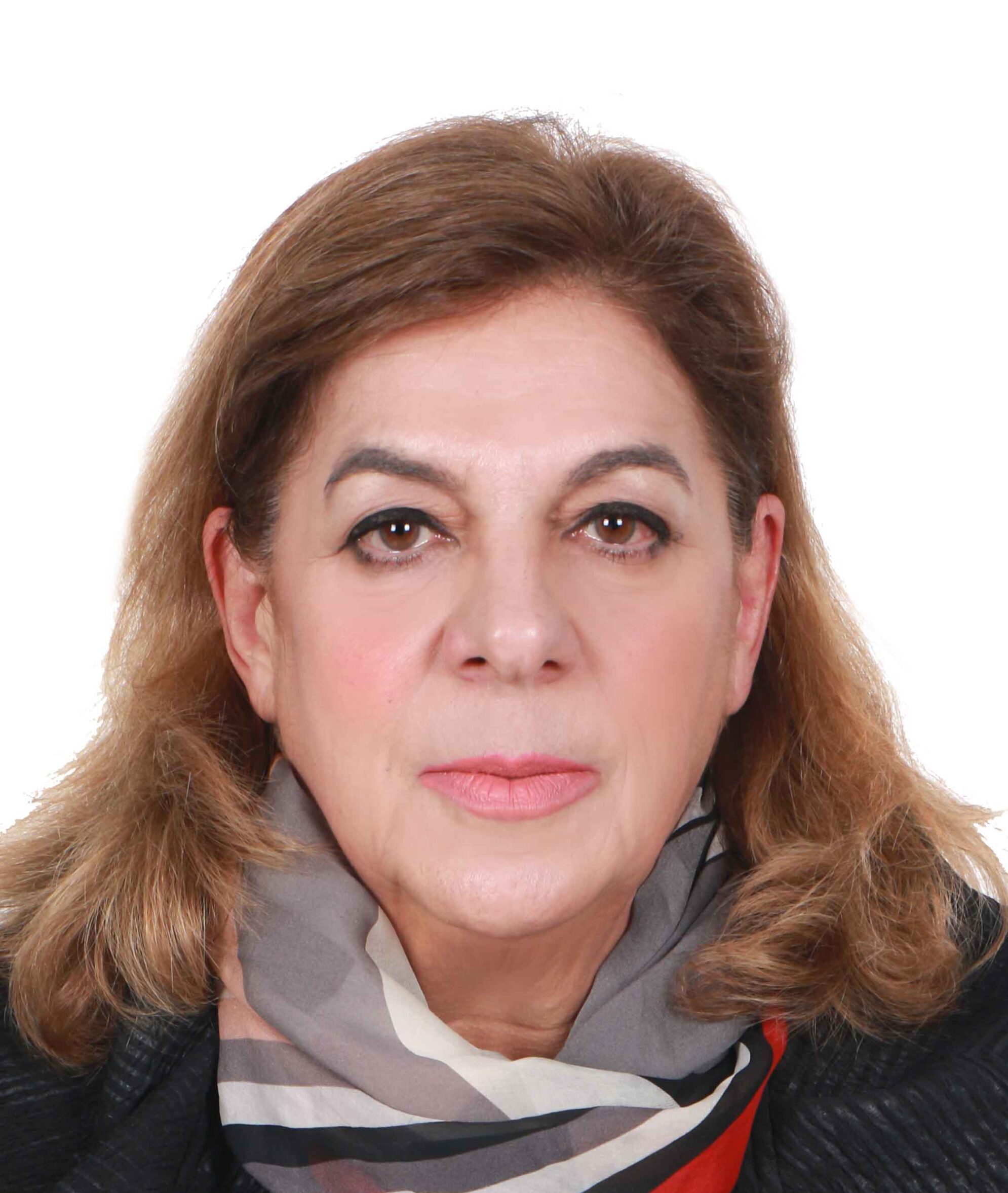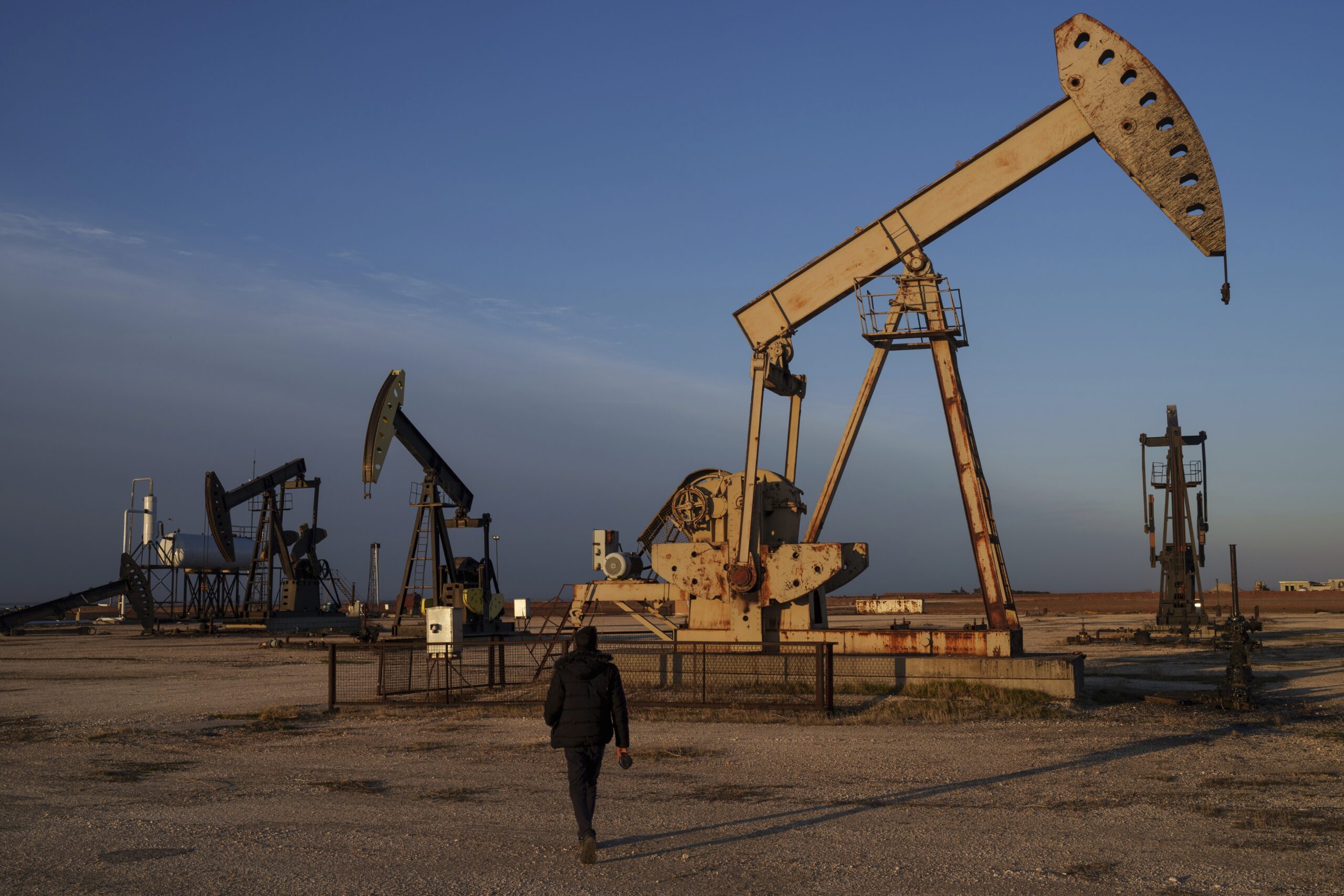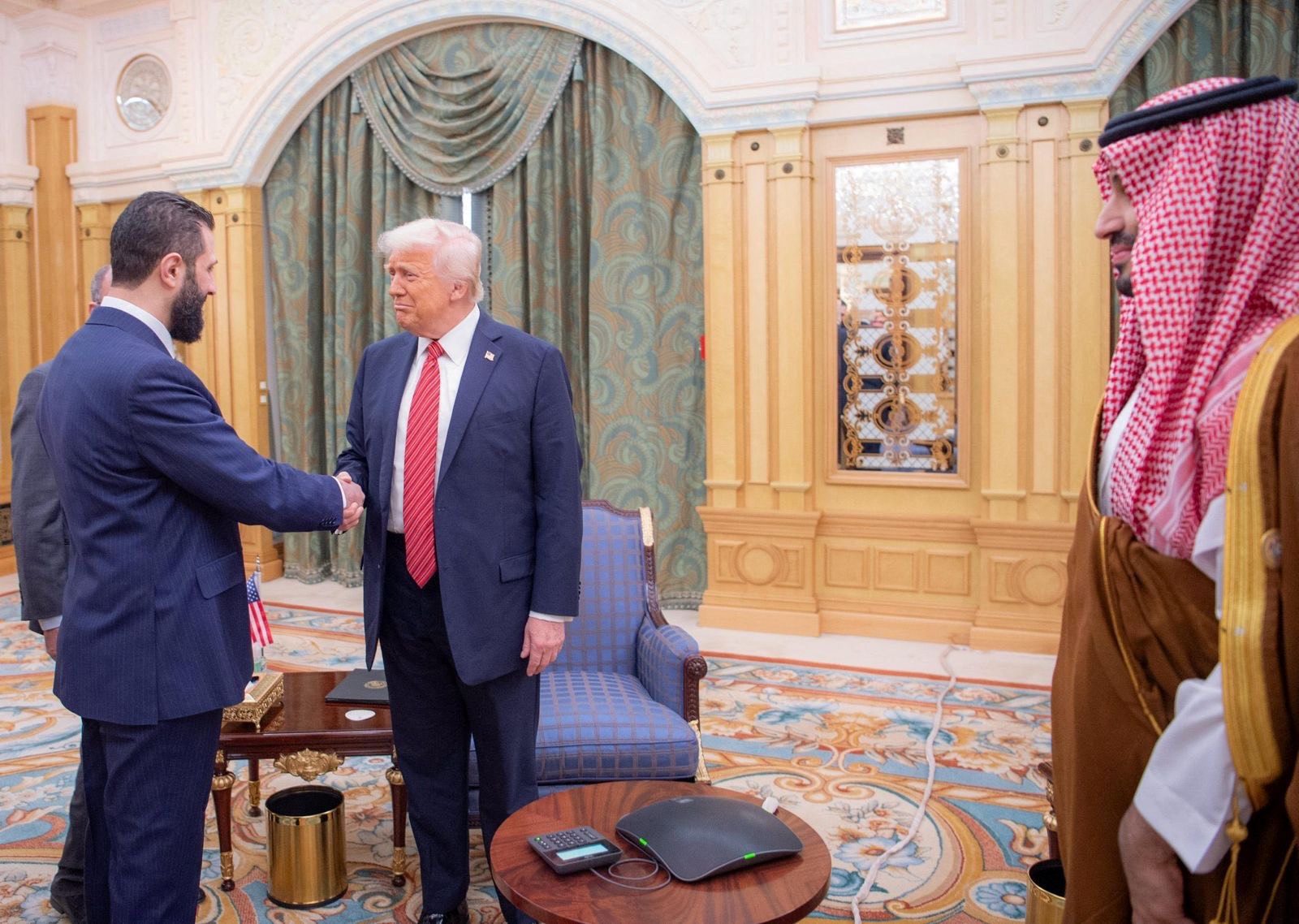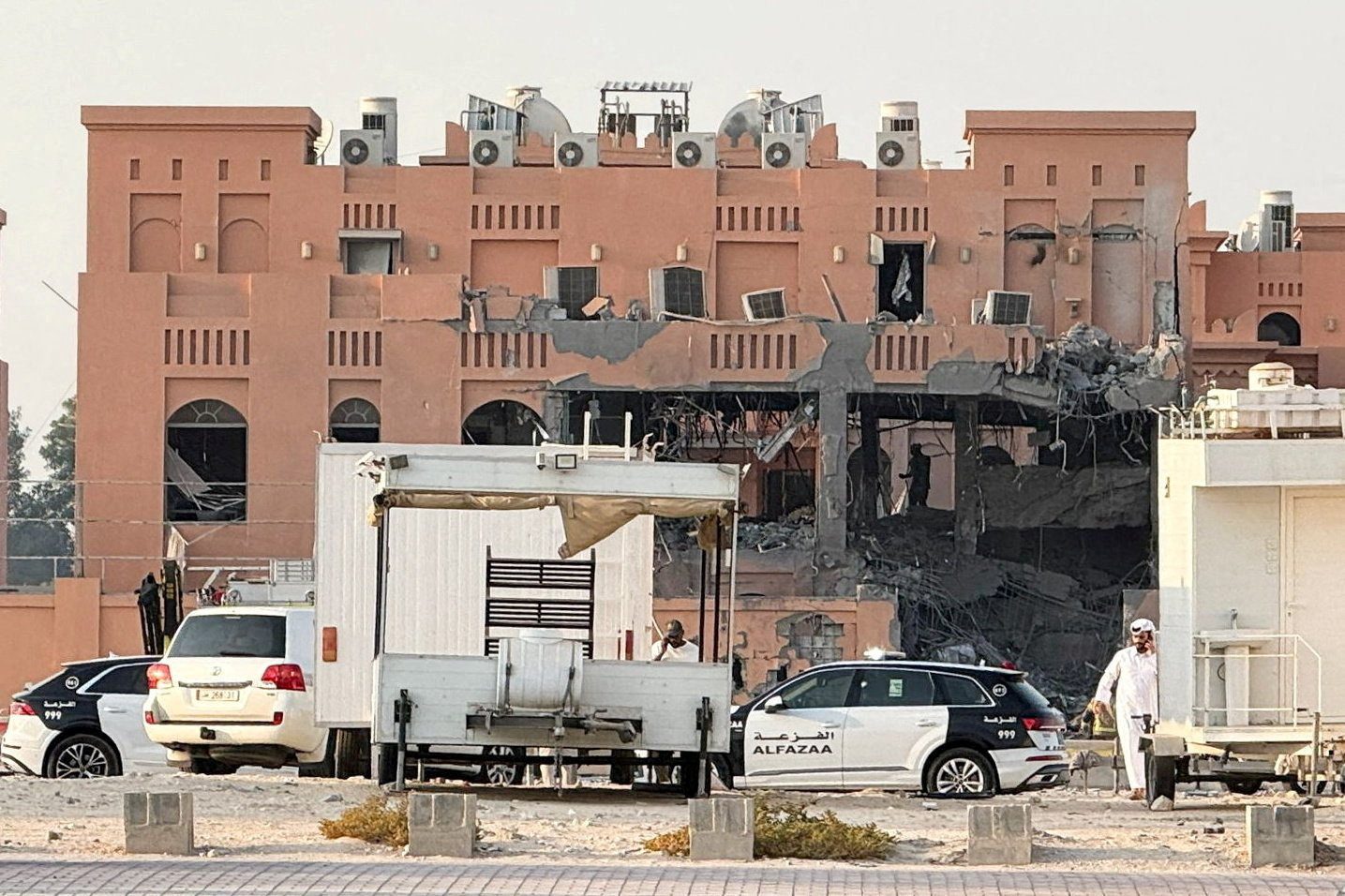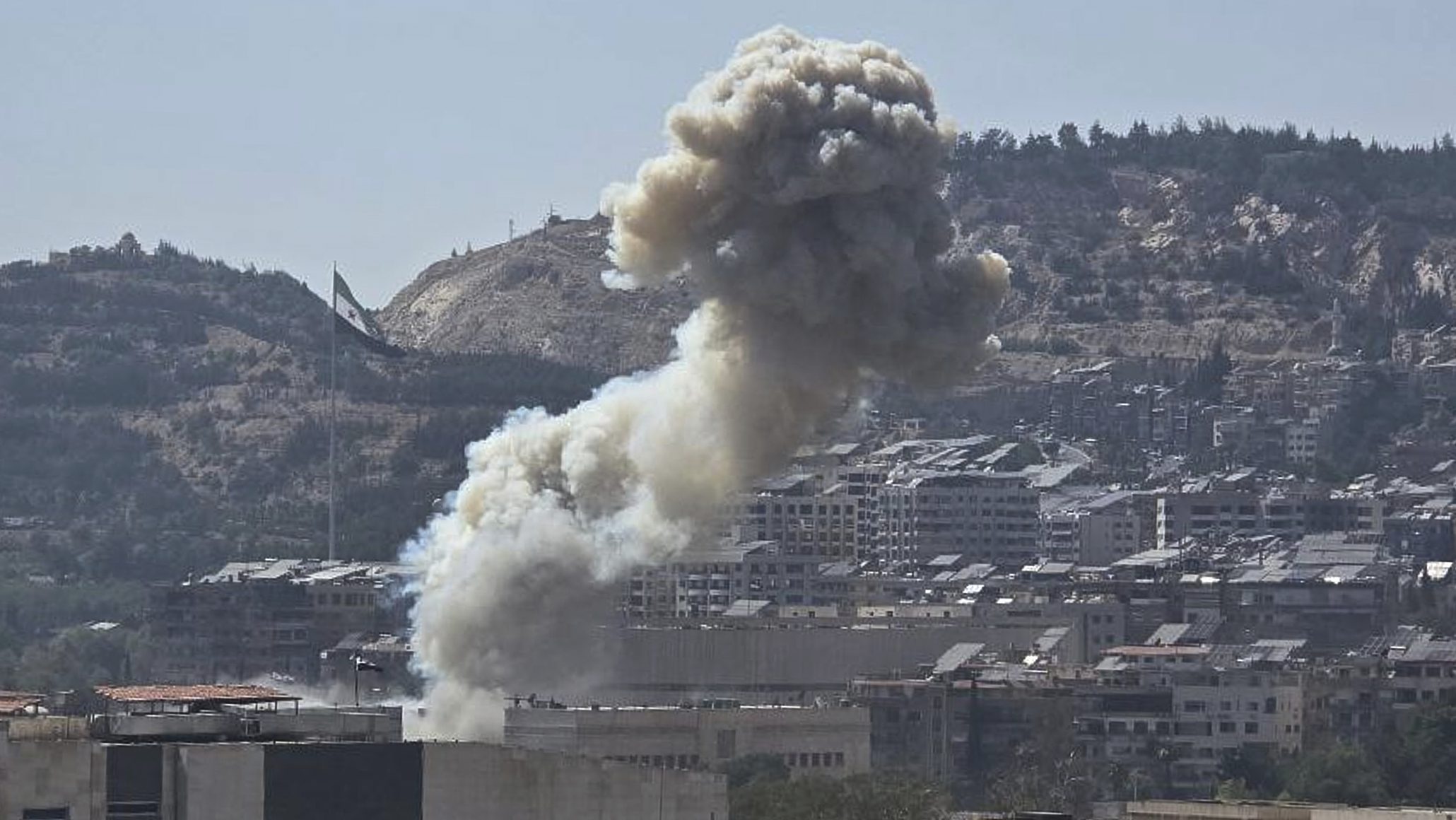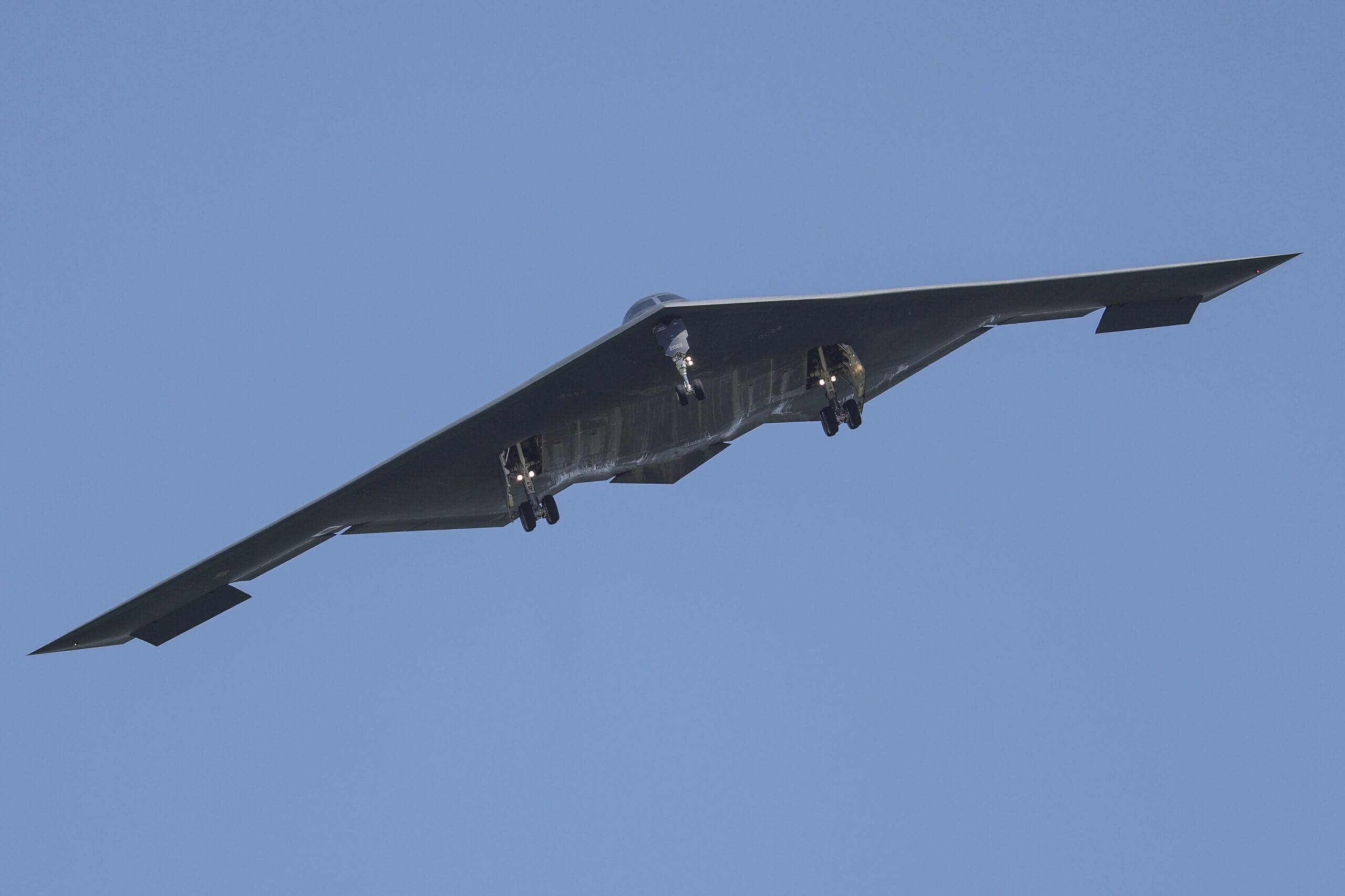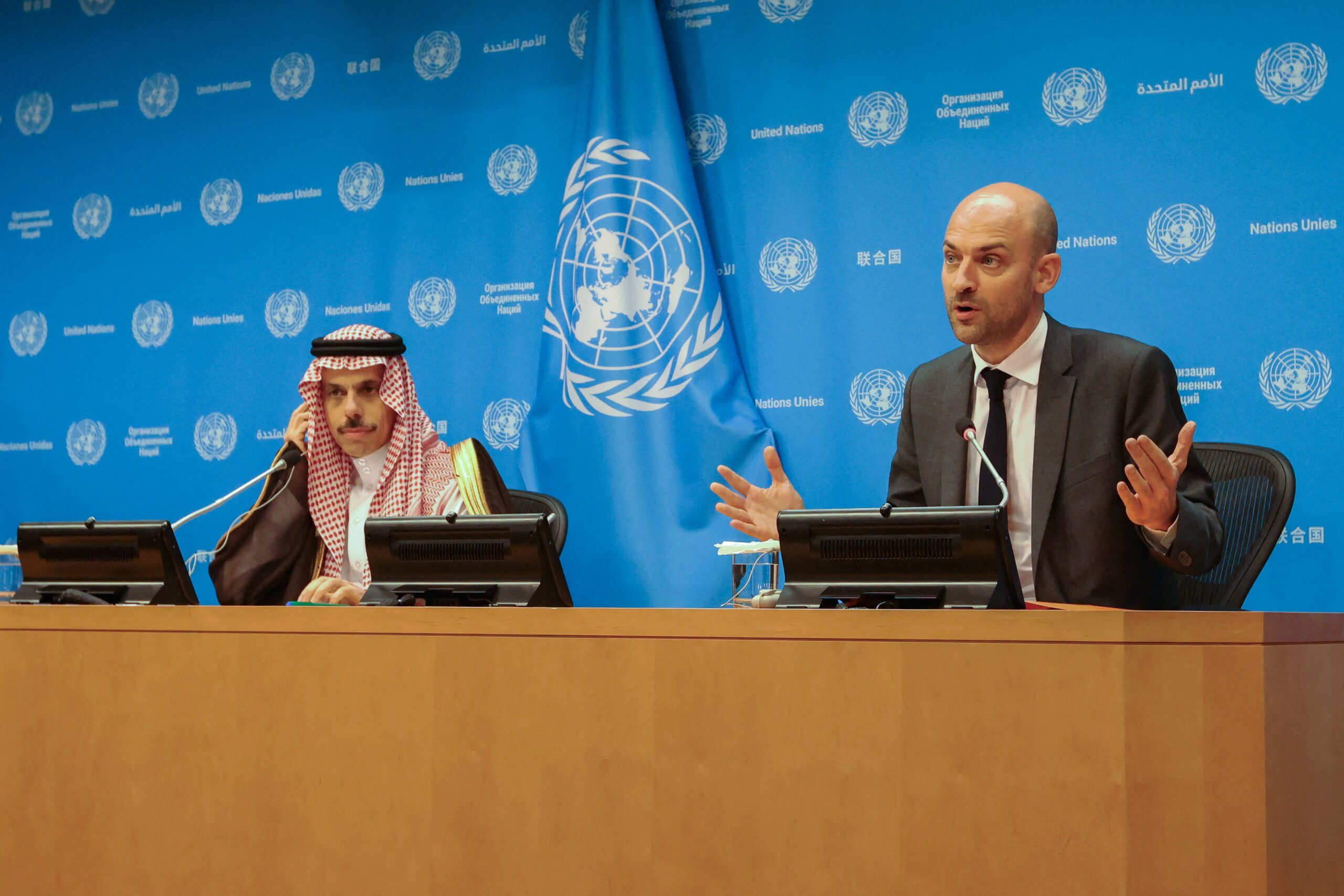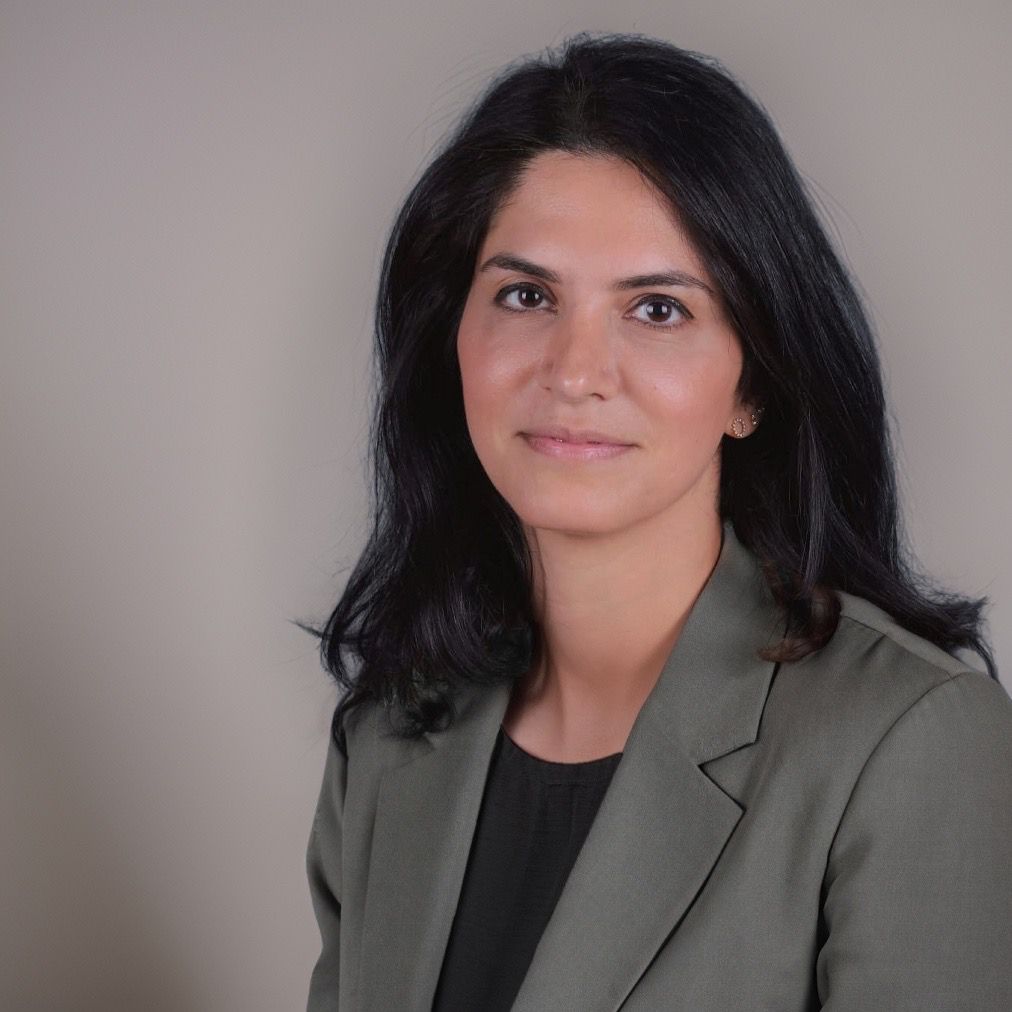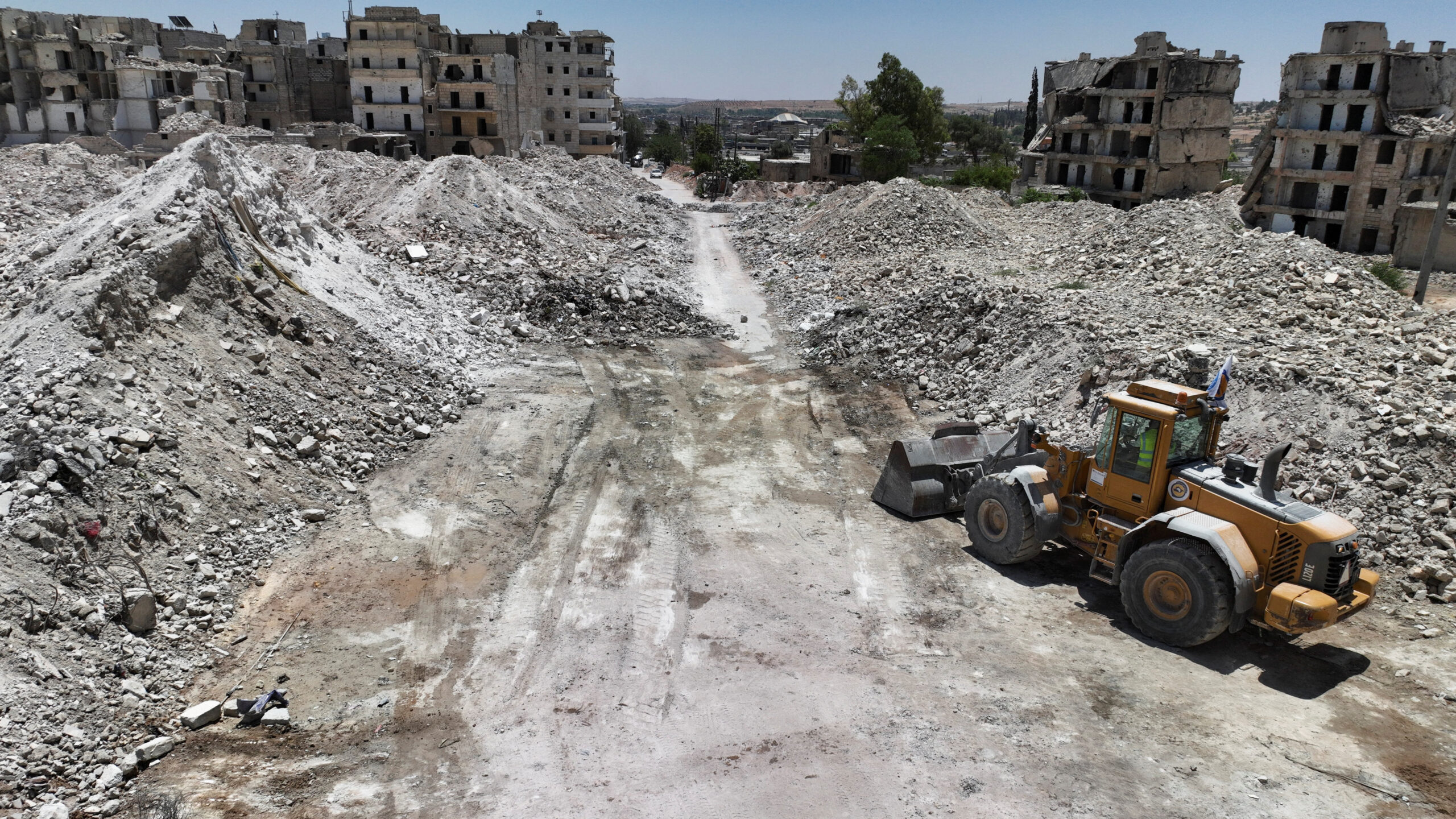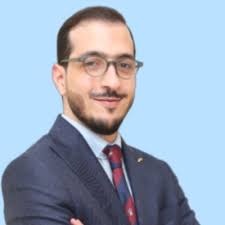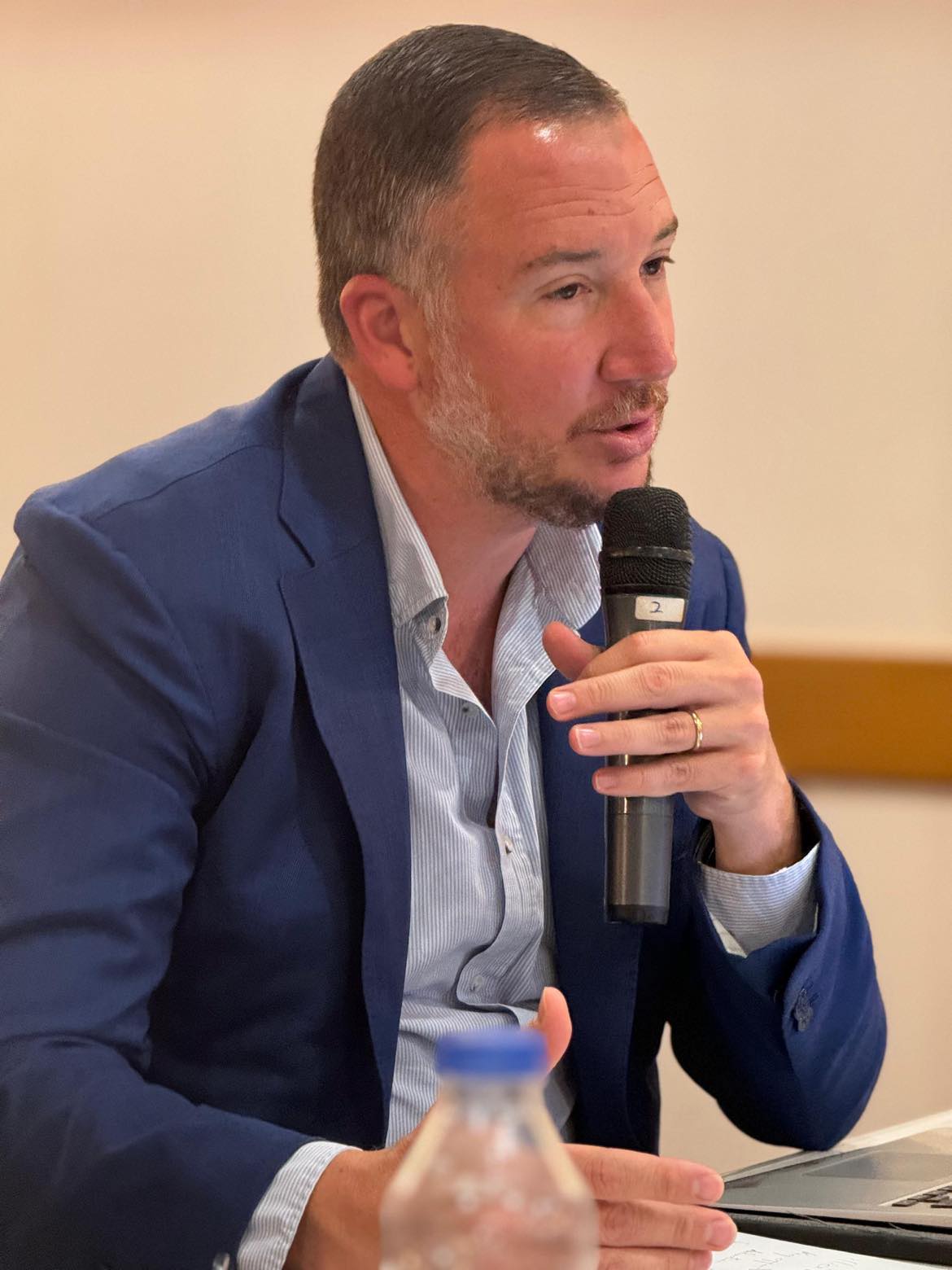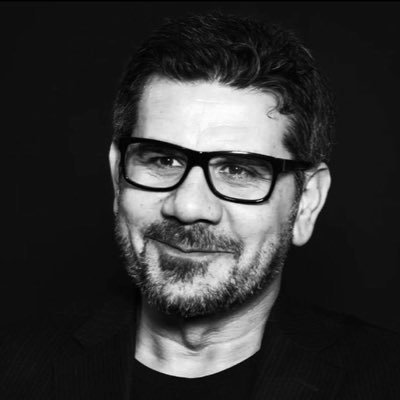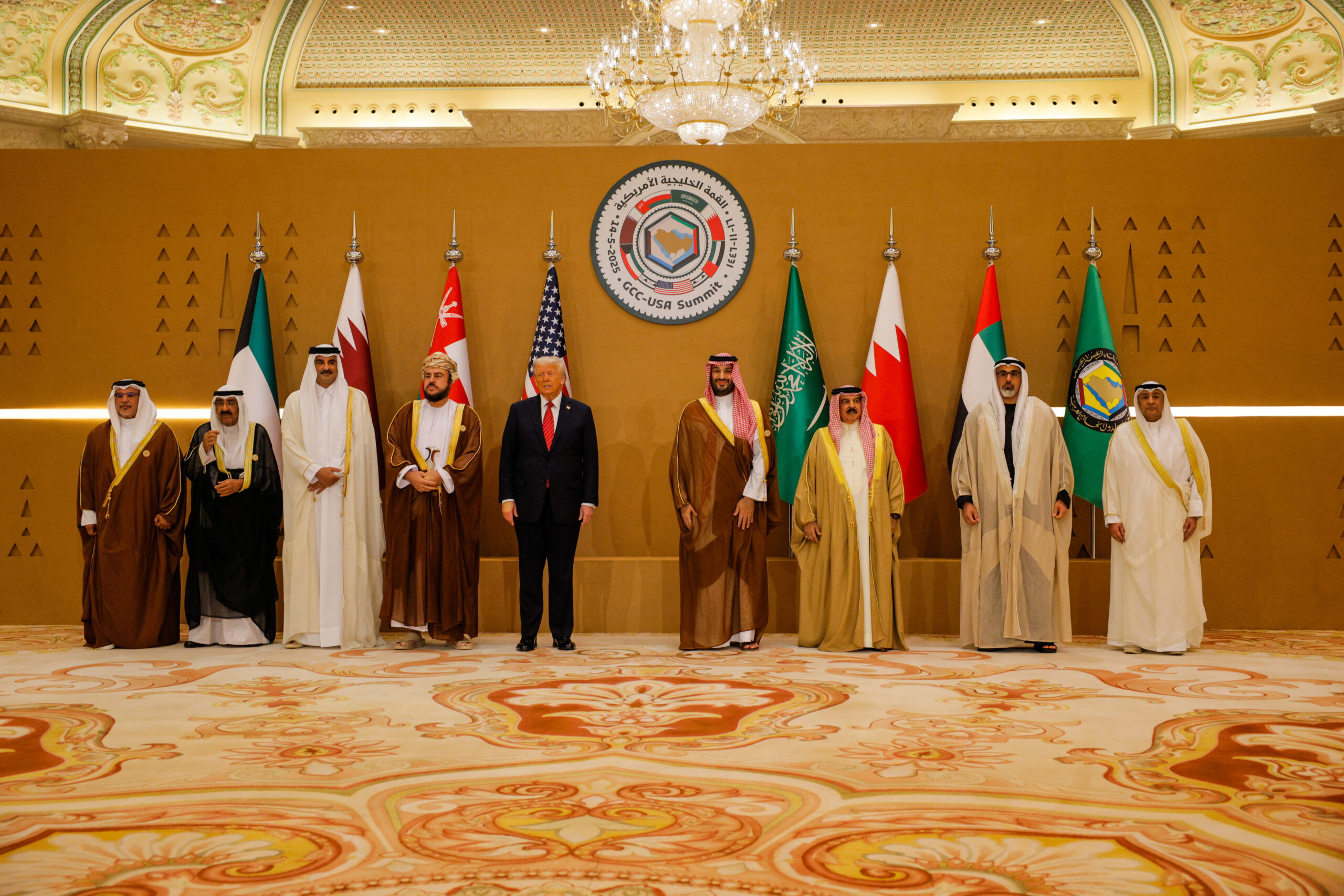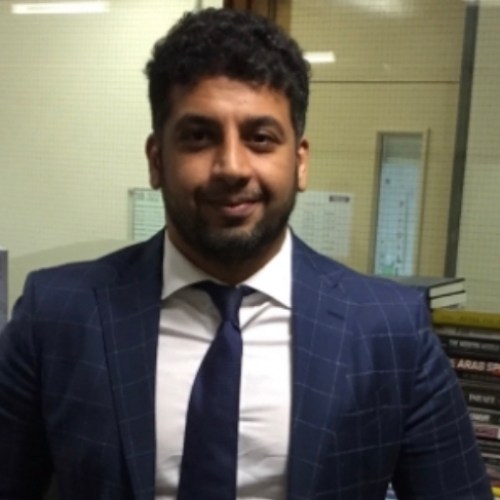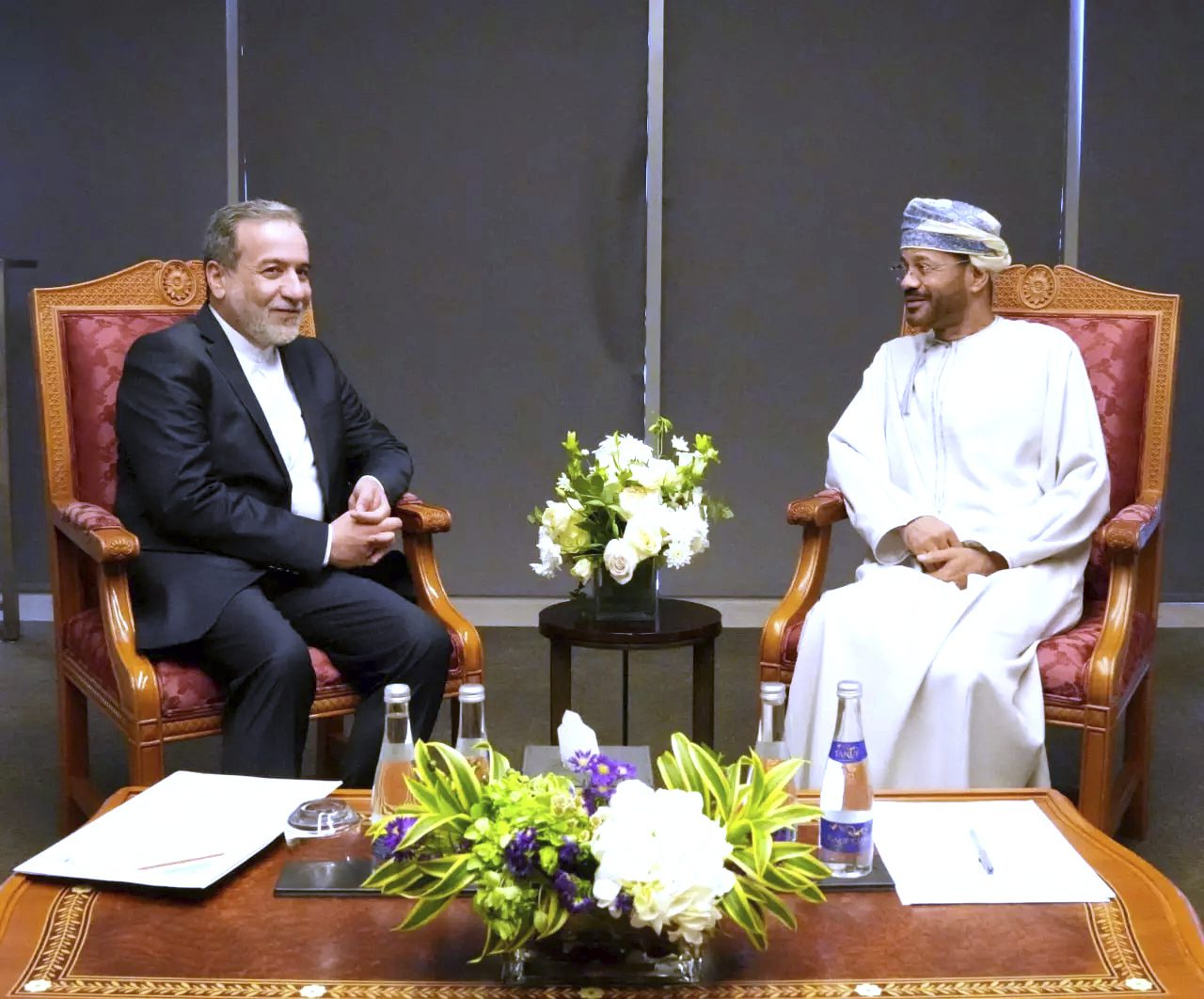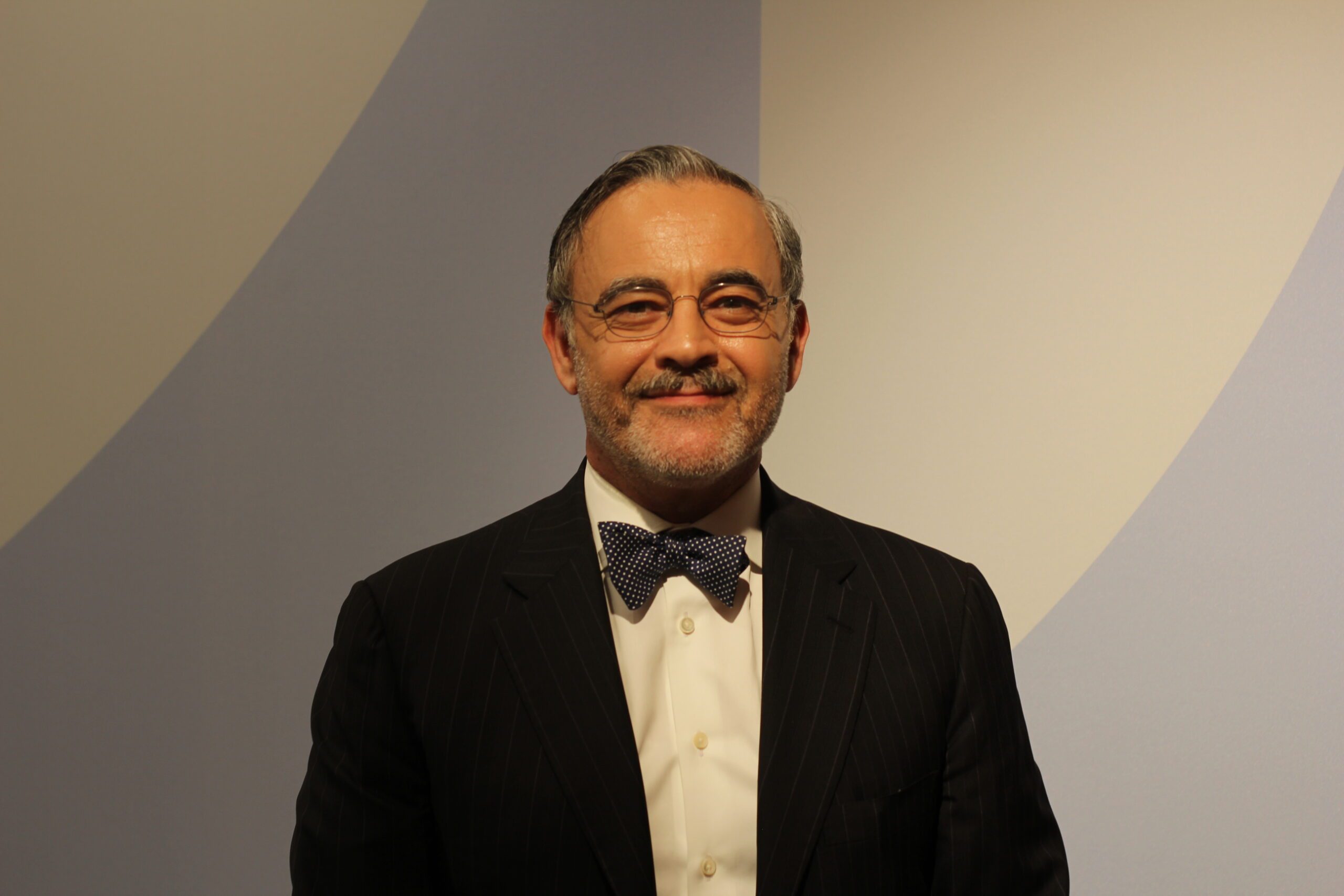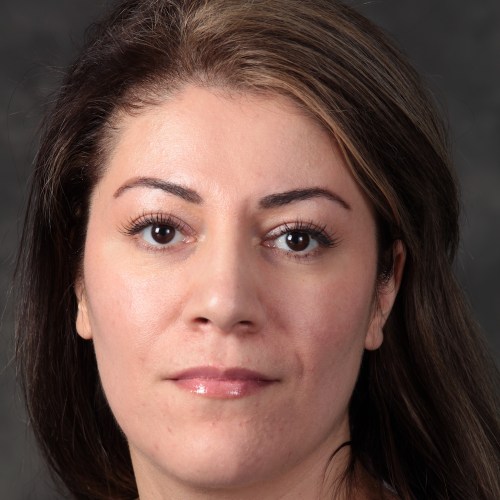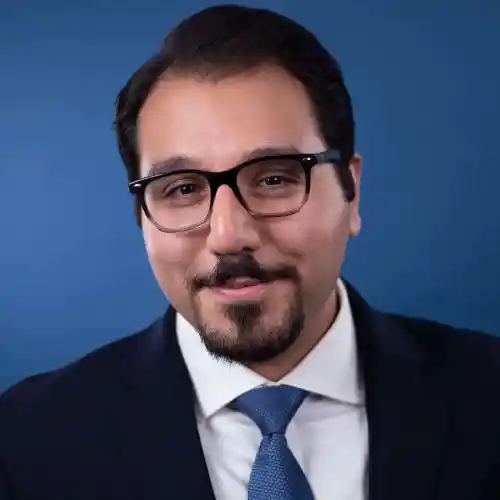Linchpin: Syria Becomes a Locus for Regional Cooperation and Competition
At least four significant geostrategic efforts focused on Syria are underway, an indication of the continuing fascination with – and desire to shape – developments in Syria.
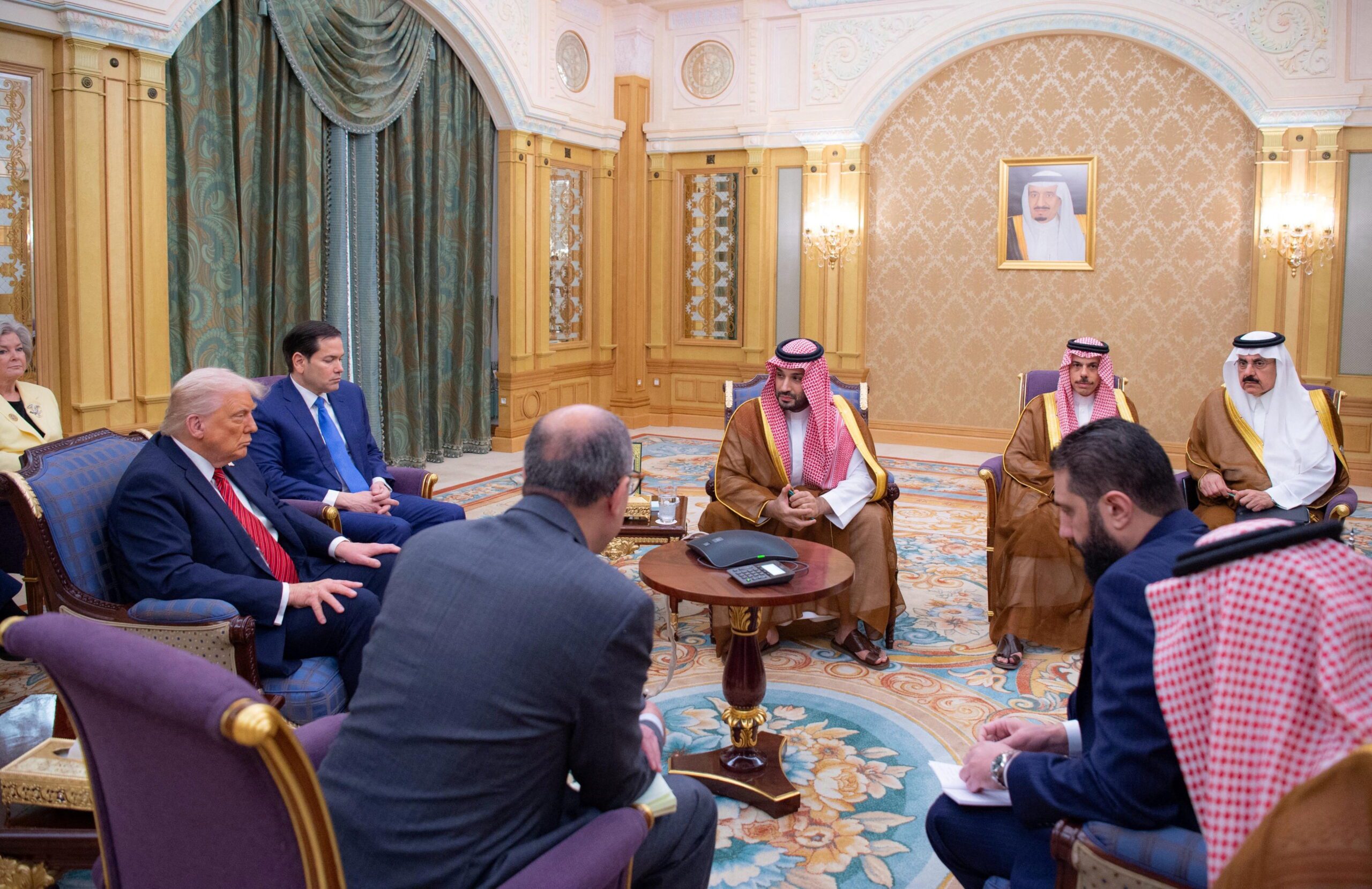
While unable to fully safeguard sovereignty or exercise meaningful control over significant swaths of its territory (and airspace), Syria has nonetheless regained its place as a critical arena for diplomatic attention and regional and international statecraft. If things go well – or even reasonably well – this activity will continue to feed a wellspring of alternately reinforcing and competing efforts that will allow Syria to slowly strengthen its internal control over territory, attract foreign investment to launch reconstruction efforts, stabilize its borders, and keep its new friends in the United States and potentially lethal frenemies in Israel satisfied that their interests and Syria’s overlap sufficiently. And it will enable pivotal Gulf countries, including Saudi Arabia, the United Arab Emirates, and Qatar, to lead the charge on the massive foreign investment and assistance Syria will require for rebuilding the country and the economy.
If things don’t go well, Syria could move from a linchpin for stability in the region to a nexus for debilitating, meddling competition from the outside (and internally). At present at least four significant geostrategic efforts focused on Syria are underway, an indication of the continuing fascination with – and desire to shape – developments in Syria. Led by its accidental – and some insist unicorn – president, Syria seems to have stumbled back to the future, as it begins to regain its long-held, and more recently long-lost, status as regional locus for the attentions and designs of its neighbors and more distant great powers.
Trump Turbocharges U.S. Engagement With Syria
Most surprisingly – and with impressive results so far – the United States has abruptly reversed course since May and embraced the government of interim President Ahmed al-Sharaa with “complete confidence.” President Donald J. Trump issued an executive order June 30 formally implementing his decision to lift economic sanctions on Syria, first announced after his May meeting with Sharaa in Riyadh during his visit to the Gulf. Referencing a welter of previous executive orders and legislation, including the Caesar Syria Civilian Protection Act, the International Emergency Economic Powers Act, and the Syria Accountability and Lebanese Sovereignty Restoration Act of 2003, the extremely detailed executive order and an accompanying White House Fact Sheet make clear the decisive about-face Trump is insisting on. The executive order retains accountability for crimes committed by former President Bashar al-Assad and his regime and enablers and makes clear it accords with U.S. interests, including peaceful relations with Israel, destroying Syria’s chemical weapons stocks, preventing any resurgence of the Islamic State group, and finding missing Americans.
In a July 7 follow-up announcement, the U.S. Department of State revoked the terror designation of Hayat Tahrir al-Sham, the group headed by Sharaa, an action telegraphed in the earlier executive order. These actions, with further implementing steps to come by U.S. government agencies, including the Treasury and Commerce departments, and by Congress, will remove critical barriers to financial transactions and access to the international banking system, investments, and contracts, thereby vitally facilitating reconstruction efforts and a range of activities previously prohibited that have strangled the Syrian economy and inflicted widespread suffering on its people for well over a decade. The European Union has recently taken similar steps to lift its sanctions.
At the political level, the United States is also taking decisive action. Newly appointed Special Envoy to Syria (double-hatted as U.S. Ambassador to Turkey) Thomas Barrack met with Sharaa in Damascus May 24 and raised the American flag over the U.S. ambassador’s residence, a quasi-official act that seems to telegraph the full normalization of diplomatic relations in the not-too-distant future. Signaling how U.S. involvement in Syria could spur joint investment with Gulf countries and Turkey, Barrack and Sharaa signed a $7 billion energy deal between Syria and a Qatari-U.S.-Turkish consortium that will generate 5,000 megawatts.
Barrack followed up with a July 9 Damascus visit that helped facilitate in-person negotiations between Sharaa and General Mazloum Abdi, Kurdish commander of the Syrian Democratic Forces, U.S. partner in the fight against ISIS in northeastern Syria. It was another indication of the diplomatic muscle the United States is providing to support Syria’s transition while also looking after its own interest in seeking a viable off-ramp for the SDF that will help facilitate the eventual withdrawal of the approximately 1,000 U.S. troops deployed in Syria. Despite that support, those talks are proving difficult: The SDF is showing reluctance to accelerate any move to integrate its forces into the Syrian national army or concede on any of its expansive demands for a federal approach to northeast Syria that would leave the SDF as a cohesive force and significantly empowered to run local affairs over a resource-rich area covering nearly one-third of Syria. Barrack walked a fine line, criticizing the SDF for insisting on expansive demands tied to federalism and moving too slowly but also making the point that integrating the SDF would need to occur in small steps.
Israel, With U.S. Help, Also Looks to Engage
Pointing to a separate but related avenue of statecraft, Barrack noted in early July that Israel and representatives of the Sharaa government were meeting in U.S.-brokered talks to address border conflict. Sharaa earlier described those talks as “indirect.” Since the fall of Assad in late 2024, Israel has launched hundreds of airstrikes in southern Syria all the way up to the outskirts of Damascus, deployed ground forces to occupy a United Nations-demarcated buffer zone between Syrian territory and the Israeli-occupied Golan Heights, and made threats of further action, often in support of Syrian minorities, such as the Druze. It also bombed several sites scoped for Turkish military bases near Homs and Hama, north of Damascus, an indication of the heightened geostrategic jousting between these two powerful neighbors over influence in Syria and the Levant. Since Trump’s reorienting of U.S. policy toward Syria, Israel has softened its harsh rhetoric, eased its militarized approach to Syria, and begun to speak of the possibility of normalizing relations with Damascus, while insisting any consideration of returning the Golan was off the table.
For their part, Syrian officials have emphasized something significantly less ambitious than normalization, such as using a nonaggression pact of some kind, focused on reactivating the 1974 Disengagement Agreement, to ease tension. While Trump and other senior U.S. officials have referenced the possibility of Syria joining the Abraham Accords, a recent statement by Barrack expressed support for the current talks as a good step while noting momentum for normalization would only happen slowly, as mutual confidence developed, like “unwrapping an onion.” Anonymous Syrian officials, while clearly supportive of a nonaggression accord with Israel, have made clear the issue of the Golan Heights would not be conceded to facilitate normalization with Israel, while observers point to a lack of public support in Syria for normalization as a risk or disincentive for the Sharaa government. Even as Israel has shifted from a military to a diplomatic approach, it remains intently focused on its northern neighbor, as it considers border security, the future of the Golan, and Israel’s evolving role in the Levant.
Gulf Arab Countries Pursuing Robust Economic Statecraft With Damascus
Gulf Arab countries remain keenly focused on Syria and have been courted assiduously by Sharaa and other senior officials. Sharaa visited Abu Dhabi July 7, his second official visit to the UAE, meeting with President Mohammed bin Zayed al-Nahyan. Presidential diplomatic advisor Anwar Gargash said the meeting affirmed “the UAE’s commitment to Syria’s success in this pivotal stage.” In a related development, prominent Emirati businessman Khalaf Al Habtoor has announced a large delegation of businessmen and potential investors will head to Damascus in the coming days, and he has spoken enthusiastically about investment prospects in Syria, citing opportunities across Habtoor Group’s key sectors: hospitality, automotive, real estate, education, insurance, and publishing. Other business analysts cite further opportunities in key sectors such as agriculture, reconstruction, contracting, and energy. On the logistics front, Dubai-based DP World has signed an $800 million memorandum of understanding to develop the Mediterranean port of Tartus. That agreement follows the cancellation of a previous agreement to develop the port signed with Russia in January. Emirates Airlines recently announced the July 16 introduction of service to Damascus. The Habtoor delegation visit, DP World Tartus contract, and Emirates Airlines move all reflect a broader Emirati strategy to merge economic activity with geopolitical influence in Syria, a stratagem other Gulf countries and neighbors, including Turkey, are adopting with accelerating enthusiasm, as stifling economic sanctions come off and the Sharaa government gets a U.S. government seal of approval.
Saudi Foreign Minister Faisal bin Farhan visited Damascus May 31 with a large economic and business delegation. The two sides discussed business and investment opportunities in infrastructure, telecommunications, and agriculture, noted Prince Faisal. He also mentioned that Riyadh and Doha had agreed to jointly fund a significant pay increase for Syria’s poorly paid public sector employees. On the European side, France and the United Kingdom are both taking diplomatic action and making or supporting economic statecraft moves. The U.K. restored diplomatic ties after a visit by Foreign Secretary David Lammy in early July and unveiled a $128 million assistance package. And French shipping and logistics group CMA CGM announcing a 30-year concession and $260 million investment agreement focused on modernizing and expanding the port of Latakia, also on the Mediterranean.
First and Last, Turkey Poised to Support and Benefit From Solo and Joint Efforts
Since Assad fell, Turkey has strengthened already robust security cooperation, evident in late stages of the civil war with some 20,000 Turkish troops in Syria and dozens of informal military bases. Turkey also accepted some 3.2 million Syrian refugees. Sharaa has made more visits to Turkey than to any other foreign country (three), meeting each time with Turkish President Recep Tayyip Erdogan. Senior Turkish officials have swarmed Damascus as well, beginning with intelligence chief Ibrahim Kalin who arrived December 12, 2024, a mere four days after the fall of Assad. Reports of advanced talks on a defense pact as well as the scoping of several air and land bases in Syria and efforts to delineate maritime boundaries make clear the range and intensity of efforts on security cooperation. On the commercial side, a top Turkish business delegation met with Sharaa and other senior officials in Damascus July 11 to discuss investment, reconstruction, and other opportunities for economic cooperation. Turkey, through a range of chambers of commerce, labor, and private sector channels, is developing plans for joint ventures in Syria with key Gulf countries, including Qatar and Saudi Arabia. Turkish Airlines resumed flights to Damascus in January.
With the severe weakening of Iran in the past year (including its collapse of influence in Syria) and the capping for now of regional normalization initiatives with Israel because of the Gaza war, Syria has unexpectedly moved to center stage in regional dynamics. It is the product of Syria’s strategic geography, powerful neighbors, potential for investment and instability, and the pragmatically sanded-away rougher edges of Sunni extremism in its leadership that have seized the attention of the statecraft movers and shakers. This development has been juiced dramatically by Trump’s unexpected and influential about-face on U.S. Syria policy. In the coming weeks and months, the hard work begins in earnest for Syria, as its talented but thin leadership seeks to keep all these lines of effort on track and humming in reinforcing, parallel lanes. The U.S. role is going to be pivotal. Given these various expansive agendas, with the potential for creating regional and internal frictions and fissures if mishandled, it’s going to take good fortune and good coordination for all these efforts to function as addition and multiplication rather than subtraction and division.
The views represented herein are the author's or speaker's own and do not necessarily reflect the views of AGSI, its staff, or its board of directors.


